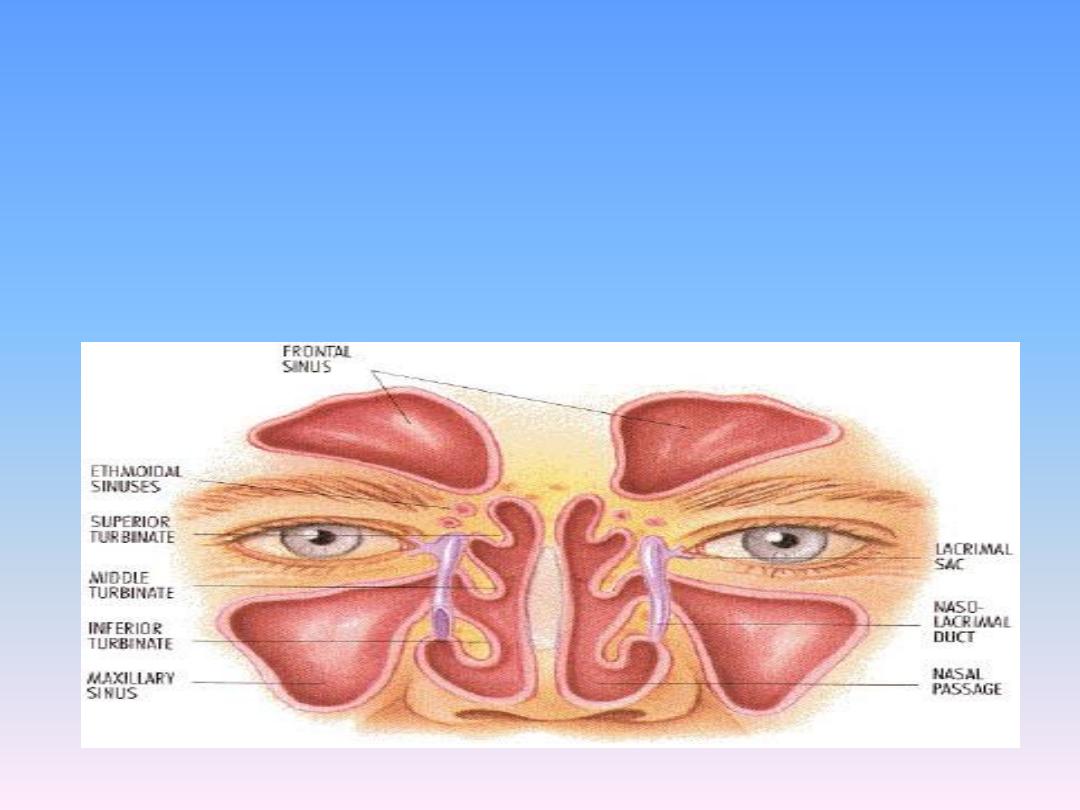
THE INFLAMMATION OF THE
NOSE
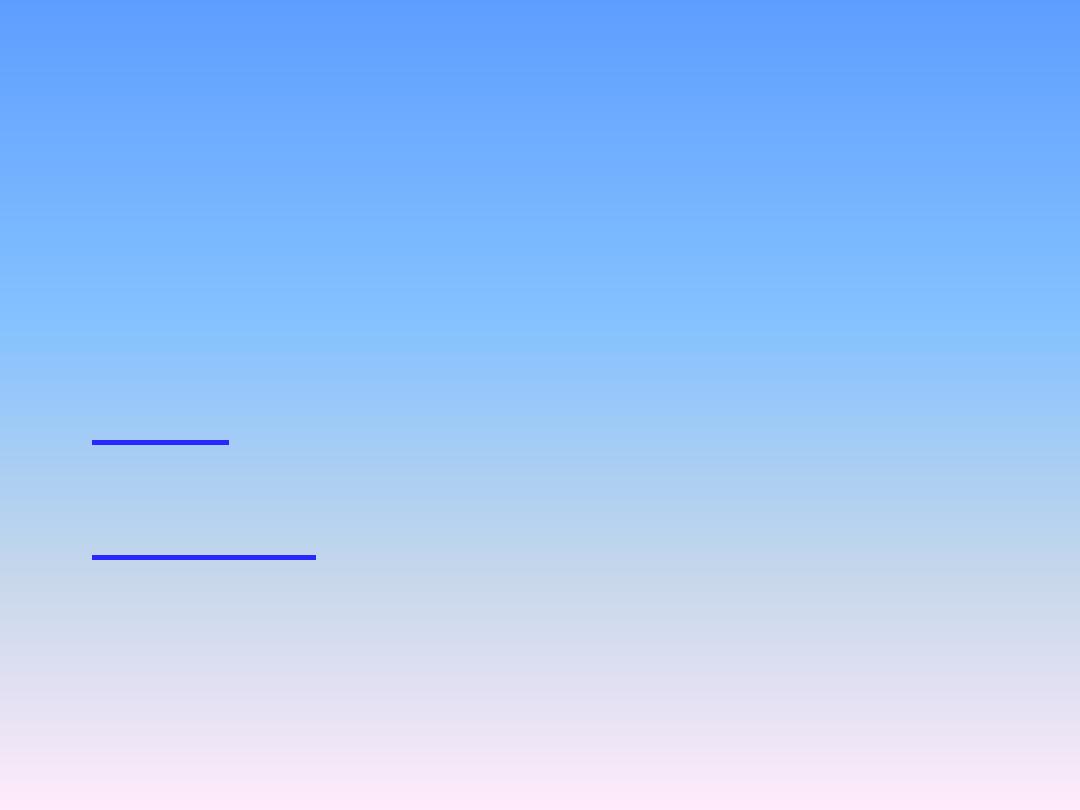
The Inflammatory conditions of the
external nose and nasal cavity are divided
into three types according to duration of
the disease:
Acute
: The disease process prolonged to 3
weeks.
Subacute
: 3 weeks to 3 months.
Chronic: More than 3 months
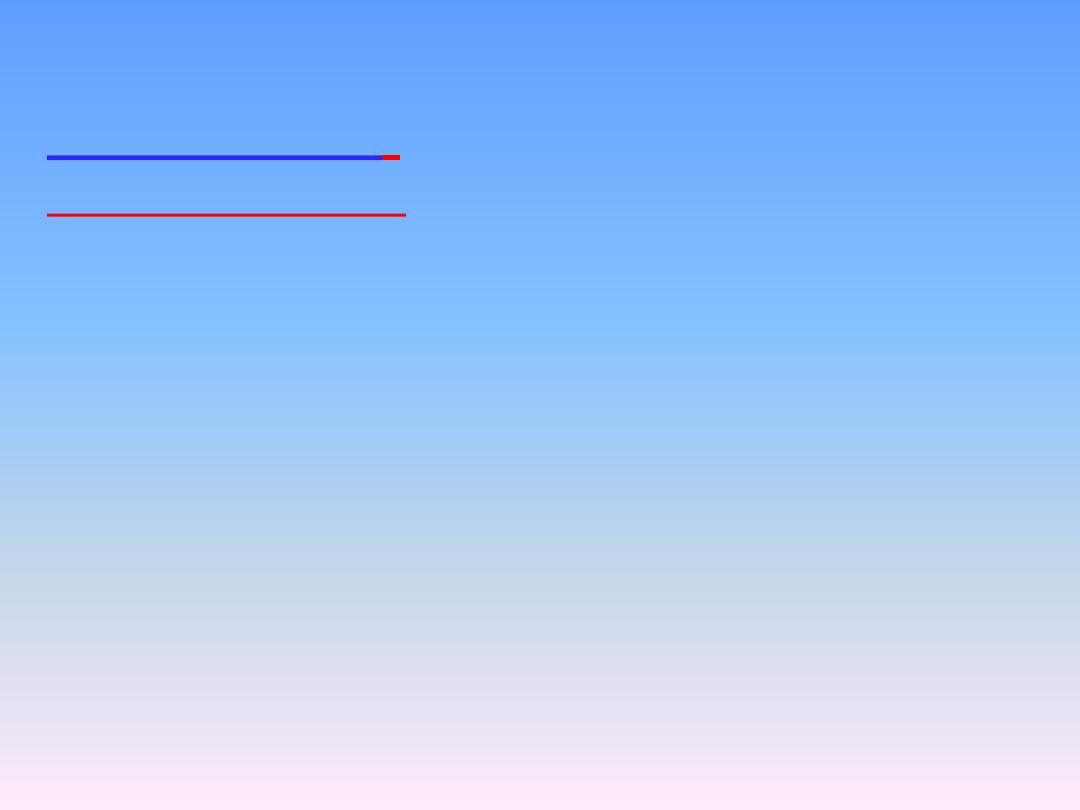
External Nose
:
furunculosis boil:
It is acute infection of the hair follicle with
staphylococcus aureus. It is tender, hard with
discharge.
The infection may spread via the valveless
facial veins and ophthalmic vein to the
cavernous sinus cause cavernous sinus
thrombosis.

.
Clintcal Feature
1.Pain at site of boil.
2.The boil begins as hard swelling then
becomes fluctuant.
3.Fever, malaise and toxicity.
4.If cavernous sinus thrombosis develops so
there are high fever, vomiting, convulsion,
locally there is edema and cyanosis of the
eyelids and base of the nose with chemosis,
ophthalmoplegia and papillary changes.
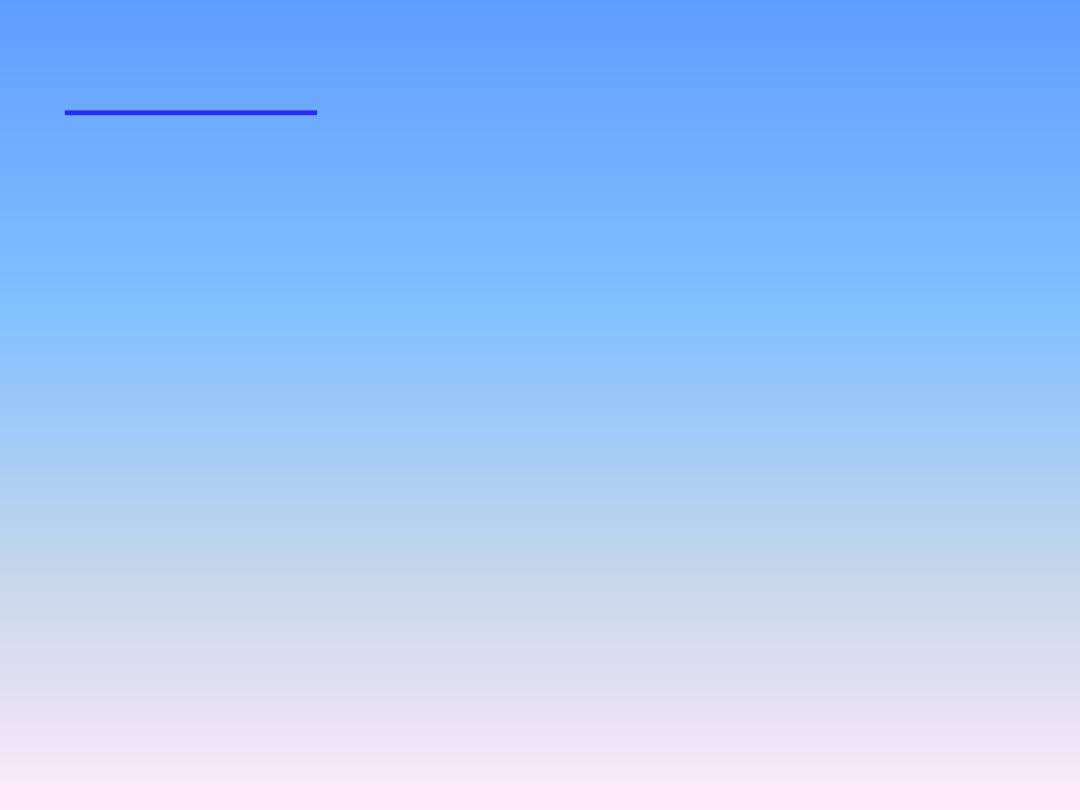
Treatment
1.Avoid squeezing because it will spread the
infection to the blood stream.
2.Local applications of moist heat.
3.Systemic antibiotic.
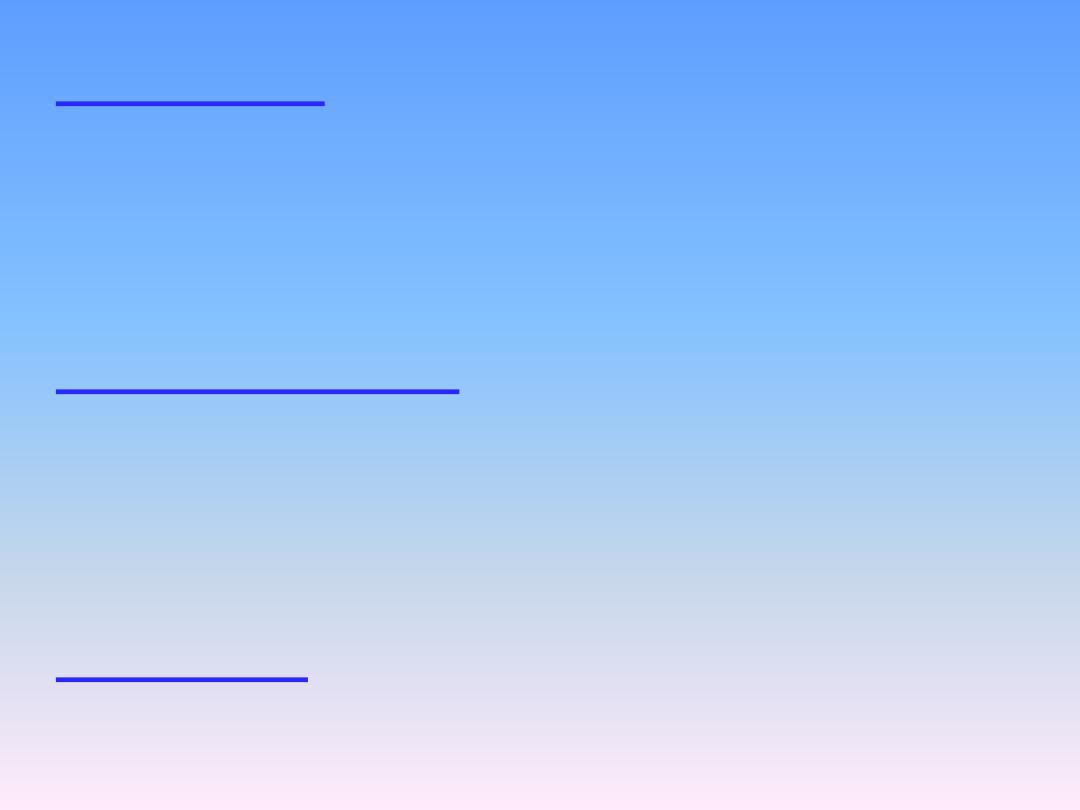
Vestibulitis:
It is inflammation of the
vestibule caused by staph. aureus mostly
associated with coryza which leads to irritant
dermatitis by rubbing and watery rhinorrhea.
Clinical features:
Clinically it appears as
redness of the vestibule with painful fissures,
discharge and crust formation, unilateral
features may suggest foreign body in the
nose.
Treatment:
steroid ointment with antibiotic
ointment

Cellulitis:
It is acute spreading infection of
the
skin
which
extends
to
deeper
subcutaneous tissue, caused by B-hemolytic
streptococcus group A.
Clinical Features:
1.Indurations with ill-defined margin.
2.pain, Erythema and edema.
Complications: The disease may extend to
surrounding
area
like
preorbital
and
covernous sinus.
Treatment:
Penicillin

.
Erysipelas;
it is a streptococcal infection of
the dermis and upper subcutaneous tissue.
It begins with small break in the skin which
then swollen and indurated which then
appears as peudorange with bright red color,
hot, shiny with sharp border. It is associated
with fever and rigor. The ASO titer increases
from 1-14 days.
Treatment:
Benzyl penicillin.
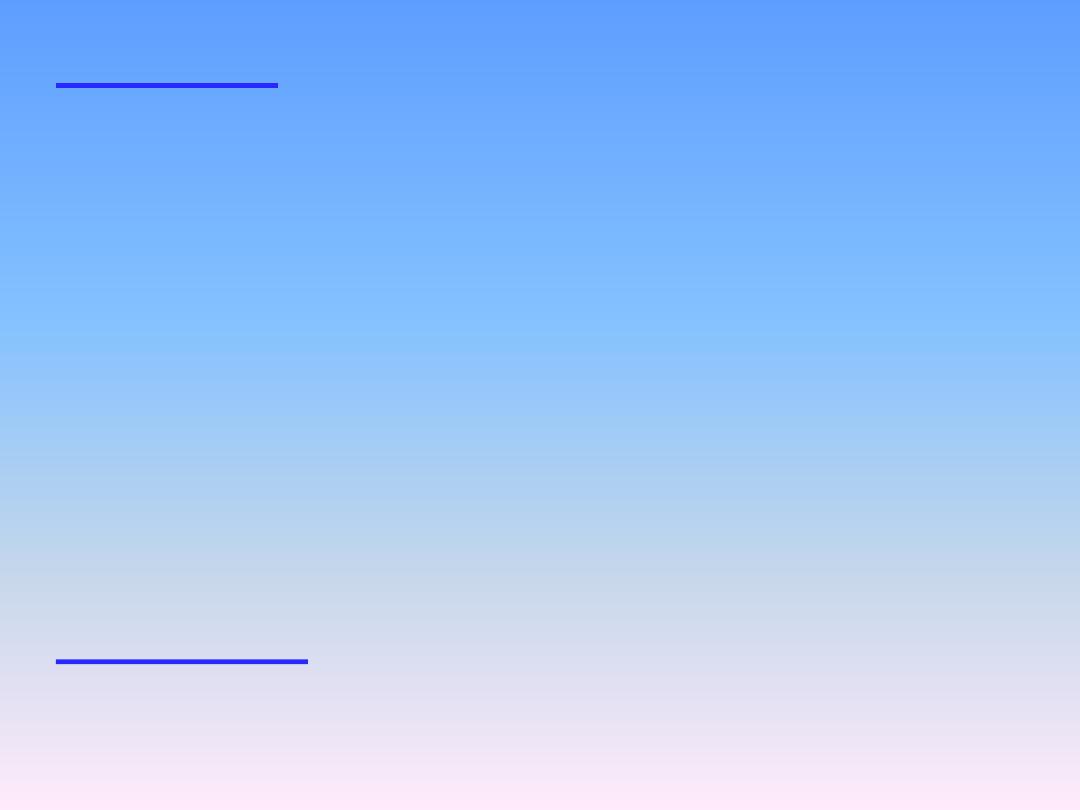
Impetigo:
It is contagious superficial
infection- of the skin, classified into :
1.Bullous type: This starts as bullae which
ruptures to form honey colored crust.
The main cause is staph. Aureus.
2.Non bullous type: It is more contagious
than bullous type caused by strepto and
staphaureus. It appears as yellowish crust
Treatment :
Cloxacillin or Erythromycin
.

Herpes Simplex. "Cold sore'
It is caused by type 1 herpes virus appears
as grouped vesicles wit slight red skin which
becomes purulent and then dry and crust
within 7-10 days. It is associated with fever.
Recurrence may be seen with trauma, dental
manipulation,
febrile,
stress,
menses,
sunlight.
Treatment:
Acyclovir

Herpes zoster :.
it involves the nasal skin through the
maxillary division of trigeminal nerve or the
nasal tip through nasocilliary branch of
ophthalmic division.
Clinically
appears
as
severe
pain,
maculopapulor rashes vesicle which may
become purulent with crust formation within
1-2 weeks.
Treatment:
Analgesia, Acyclovir
.
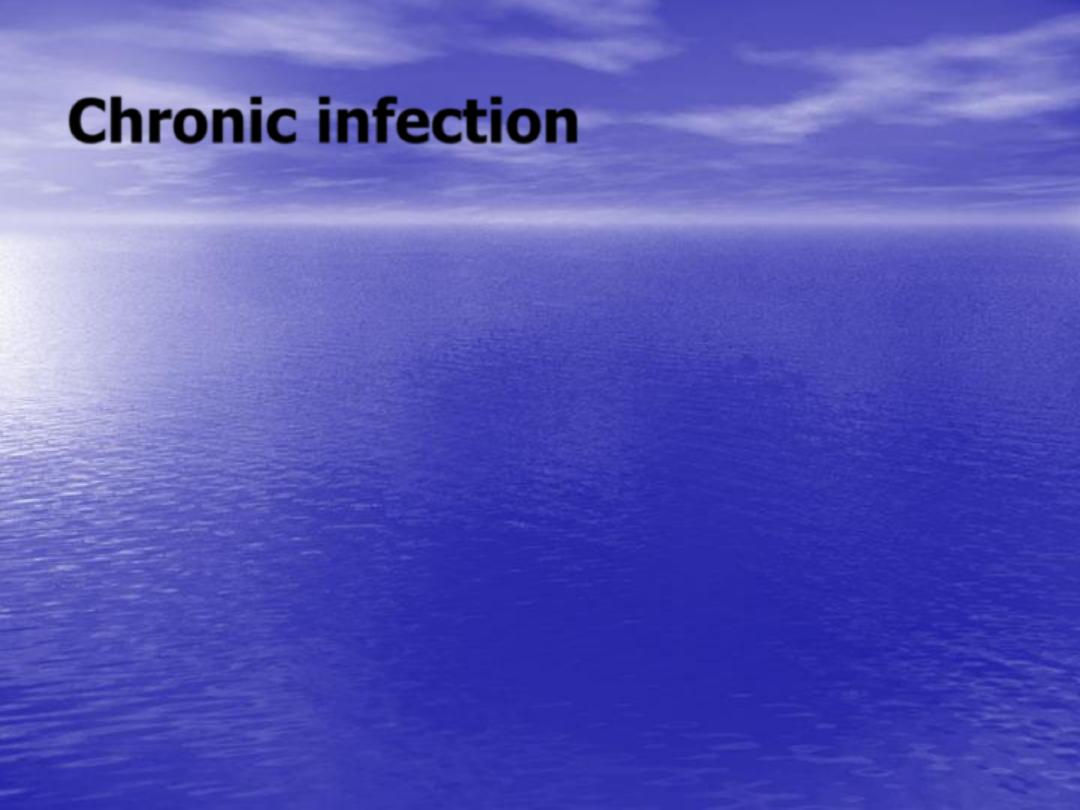
Chronic infection
1- Lupus vulgaris
Lupus vulgaris may cause skin involvement of the nose by
the tubercle bacillus and
occurs more frequently in women than in men.
(1) A slowly progressive usually non-ulcerative
tuberculous infection of the ski
n
(
2) An ulcerative type of infection of the skin, which
may spread rapidly, and which
is nearly always secondarily infected by staphylococci
n)
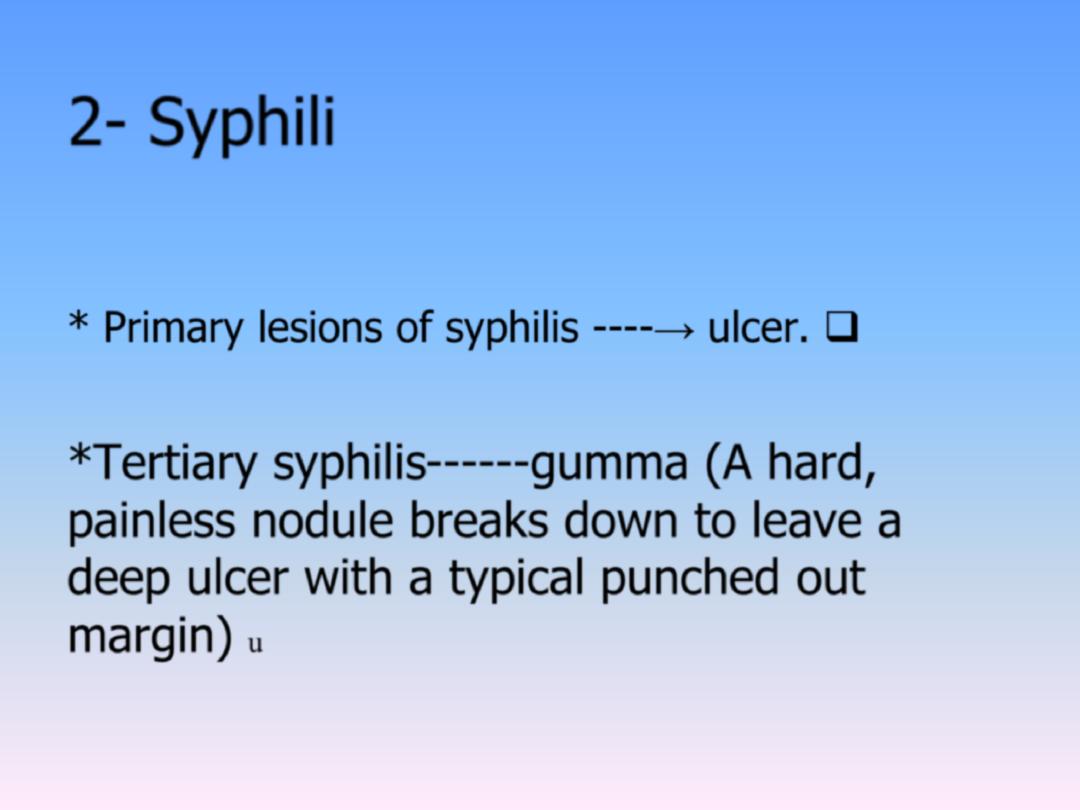
2- Syphili
*
Primary lesions of syphilis ----→ ulcer
.
*
Tertiary syphilis------gumma (A hard,
painless nodule breaks down to leave a
deep ulcer with a typical punched out
margin)
u
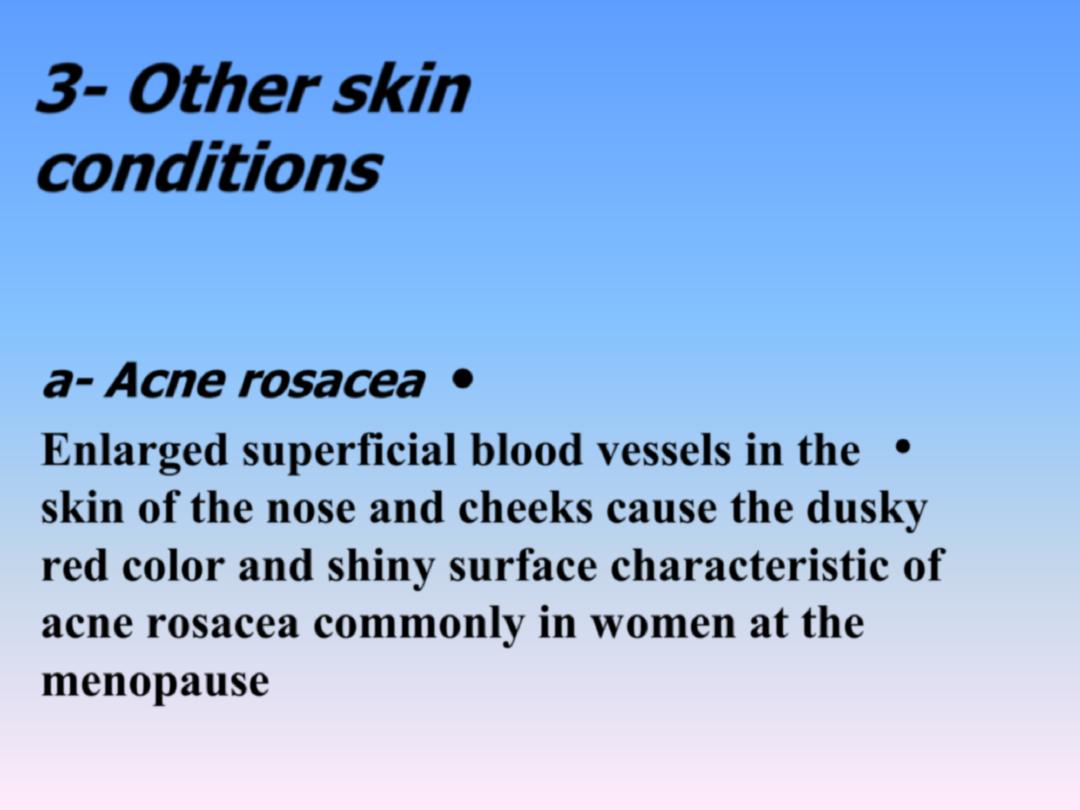
3- Other skin
conditions
•
a- Acne rosacea
•
Enlarged superficial blood vessels in the
skin of the nose and cheeks cause the dusky
red color and shiny surface characteristic of
acne rosacea commonly in women at the
menopause
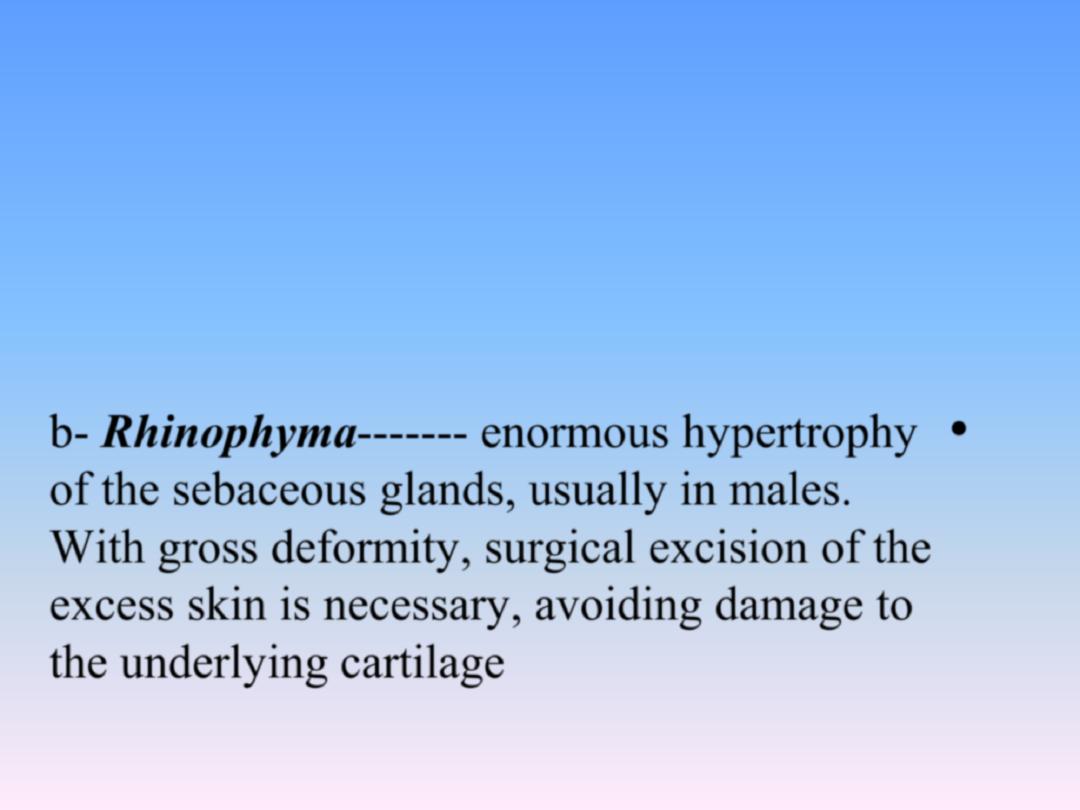
•
b- Rhinophyma------- enormous hypertrophy
of the sebaceous glands, usually in males.
With gross deformity, surgical excision of the
excess skin is necessary, avoiding damage to
the underlying cartilage
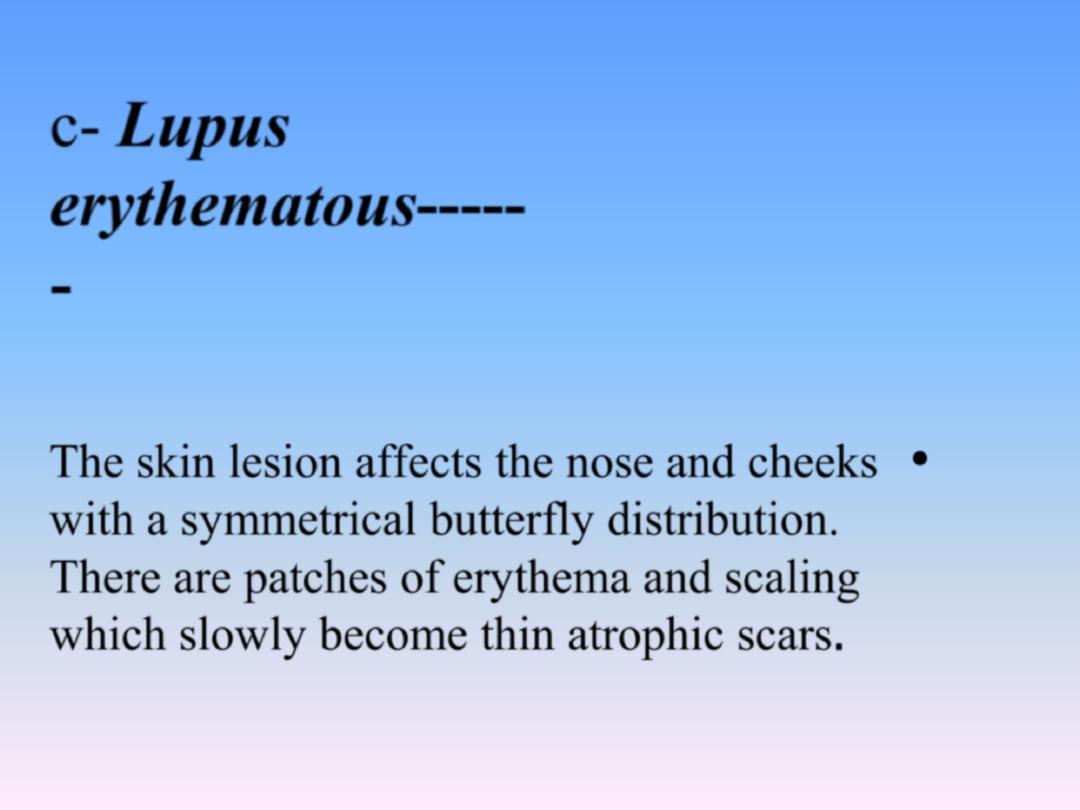
c- Lupus
erythematous-----
-
•
The skin lesion affects the nose and cheeks
with a symmetrical butterfly distribution.
There are patches of erythema and scaling
which slowly become thin atrophic scars
.
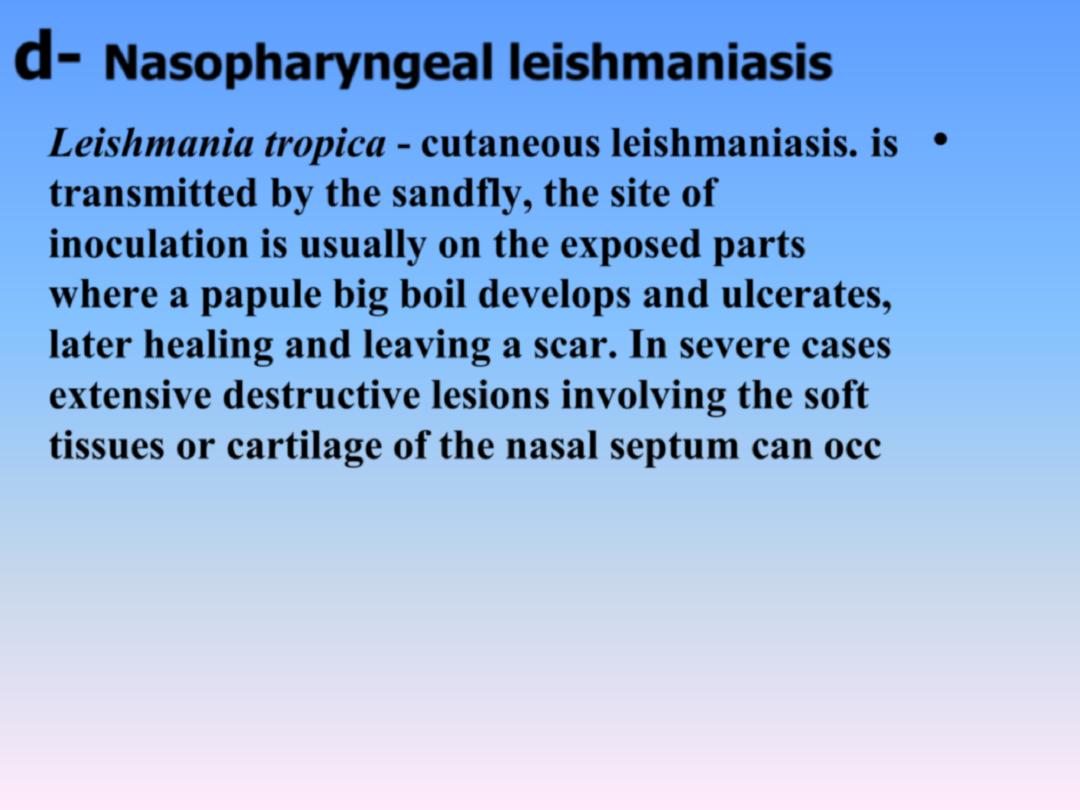
d-
Nasopharyngeal leishmaniasis
•
Leishmania tropica - cutaneous leishmaniasis. is
transmitted by the sandfly, the site of
inoculation is usually on the exposed parts
where a papule big boil develops and ulcerates,
later healing and leaving a scar. In severe cases
extensive destructive lesions involving the soft
tissues or cartilage of the nasal septum can oc
c

Inflammation of Nasal
Cavity
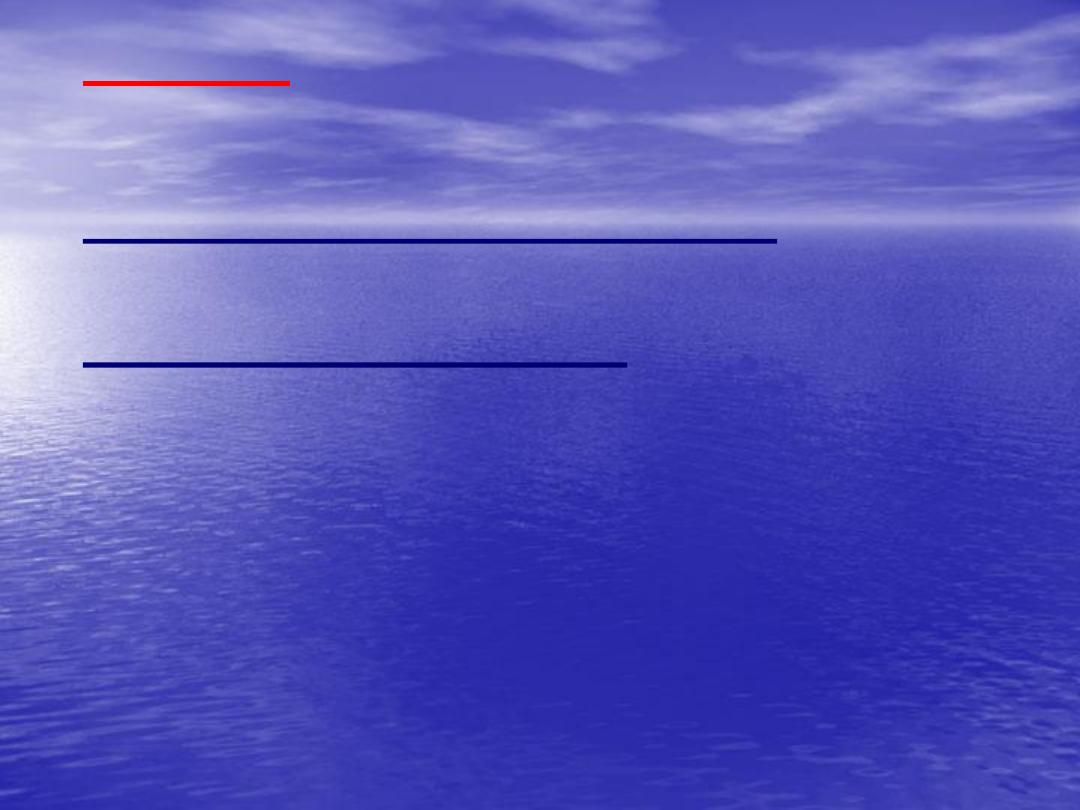
Rhinitis
: it is inflammation of the mucosal
lining of the nose which is classified into:
Acute rhinitis: It includes:
a.Acute non-specific rhinitis
: like viral
rhinitis and bacterial rhinitis.
b.Acute specific rhinitis
(1)Acute nasal diphtheria.
(2)Acute syphilis.
(3)Erysipelas.
(4)Glanders
(5)Anthrax.
(6)Candidiasis.
(7) Gonorrhea

2.
Chronic Rhinitit includes
:
a. Chronic non-specific.
b. Chronic specific, like:
(1)
Atrophic rhinitis
(2)
Rhinitis Sicca
(3)
Medicamentosa
(4)
Caseosa
(5)
Gangosa
(6)
Syphilis
(7)
Tuberculosis
(8)
Sarcoidosis
(9)
Chronic diphtheria
(10) Rhinoscleroma
(11) Leprosy
(12) Glanders
(13) Fungal like Aspergillosis, Blastomycosis and
candidiasis
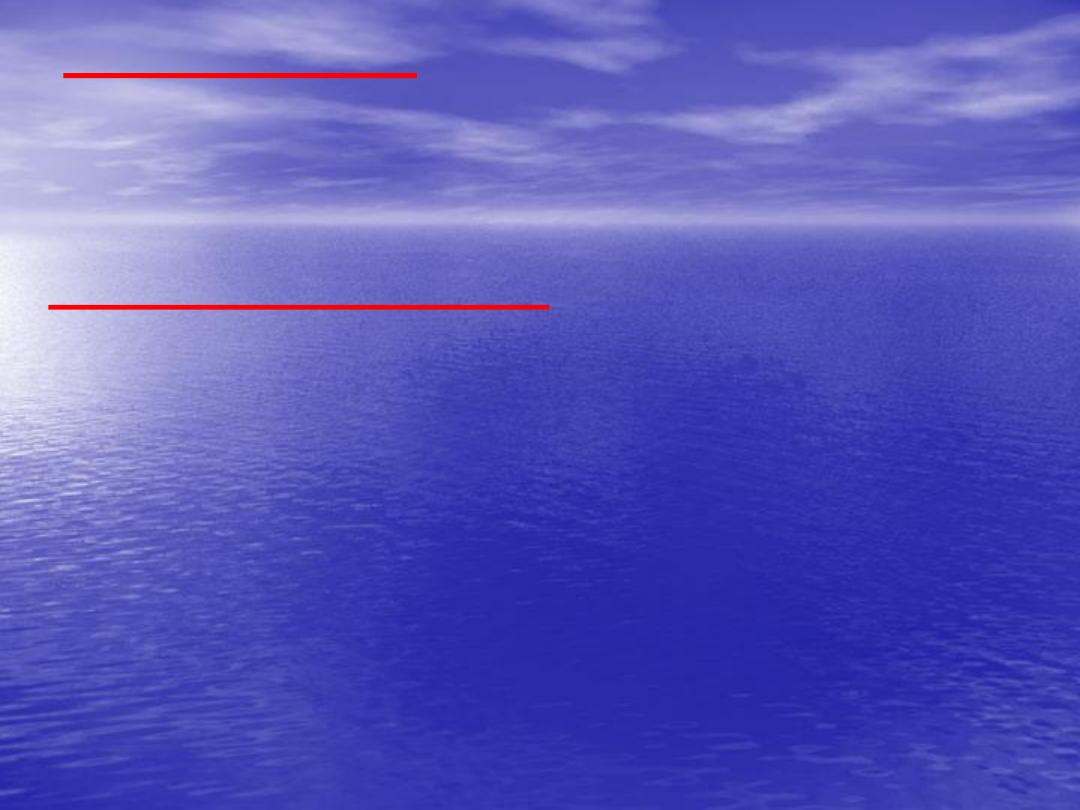
Acute rhinitis
The main type of rhinitis is
viral type is complicated by bacterial type. The
incidences more common in children with I.p-
2-3 days.
Predisposing Factors:
1.Climate
2.Environmental factor
3.Immunity
4.Nutrition
5.Fatigue & fitness
6.Nasal obstruction
7.Foci of chronic infection
8.General diseases
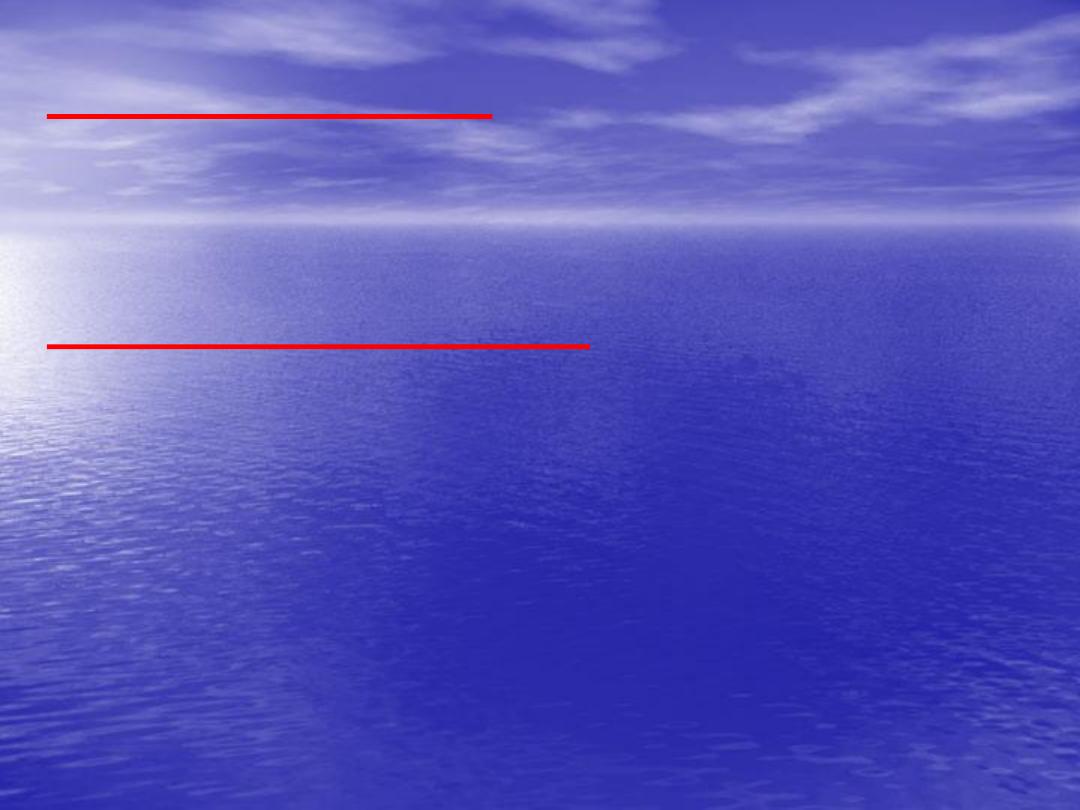
Causative agent
:Rhinovirus and corona
virus
Mode of Transmission:
1.Droplet and dust
2.Droplet nuclei
3.Contact
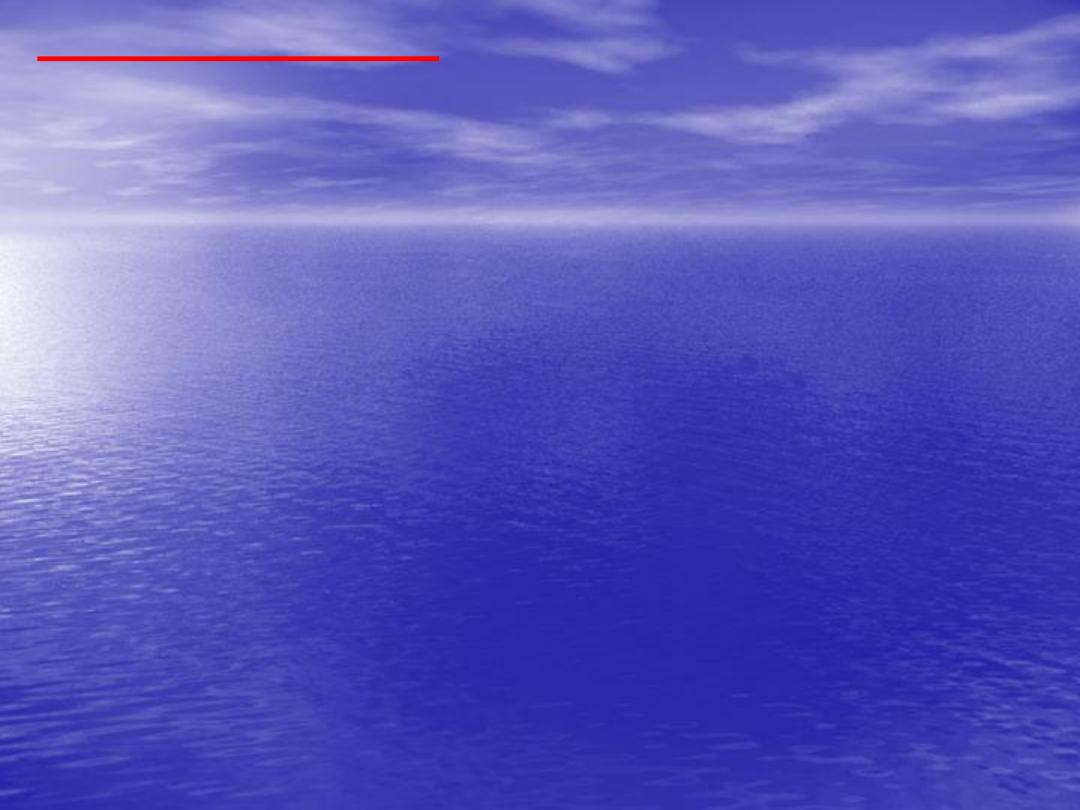
Clinical Pictures:
1.Prodromal or ischemic
stage: this lasts for hours
presented with sneezing, burning sensation with
shivering_
2.Hyperemic or irritation stage
: This lasts from
hrs-days presented with rhinorrhea, pyrexia and
variable degree of nasal obstruction with mild
toxemia.
3.Stage of venous stasis and secondary
infection
. After few days, the color of mucous
become dusky, thick and mucopurulent the nasal
obstruction and toxemia are at maximum.
4.Resolution stage:
After 5- 10 days the symptoms
and signs gradually diminish.
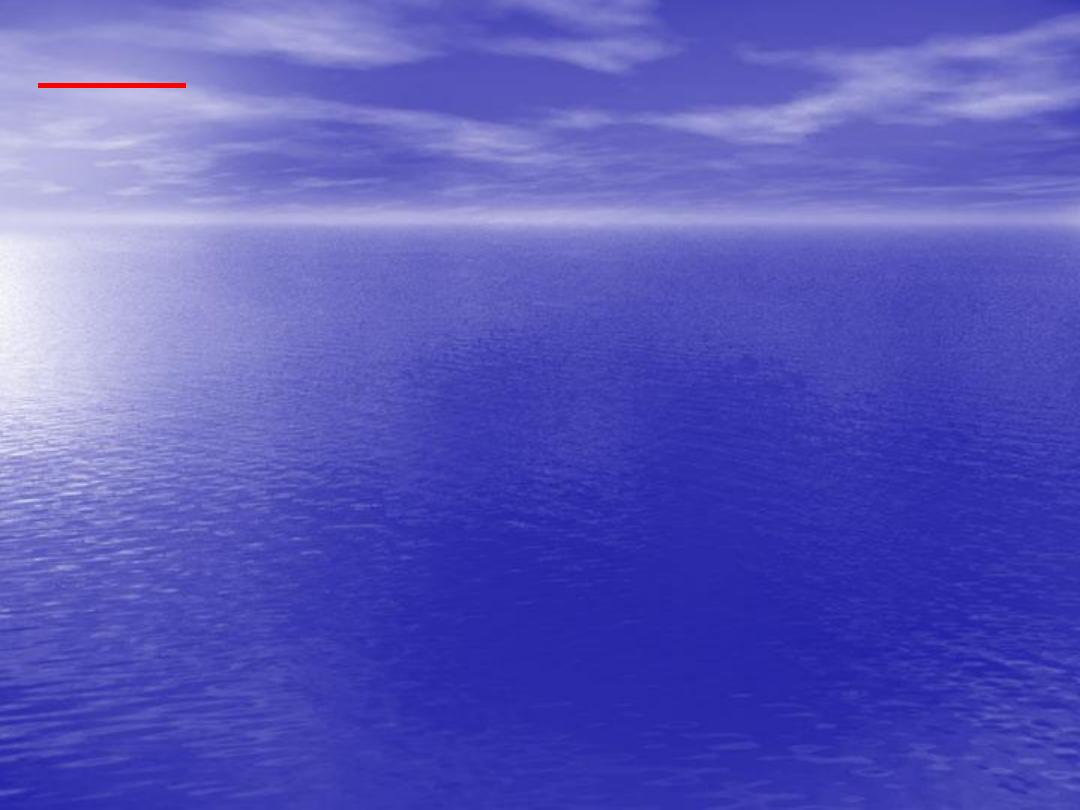
D .Dx:
1.Influenza rhinitis
2.Allergic rhinitis
3.Vasomotor rhinitis
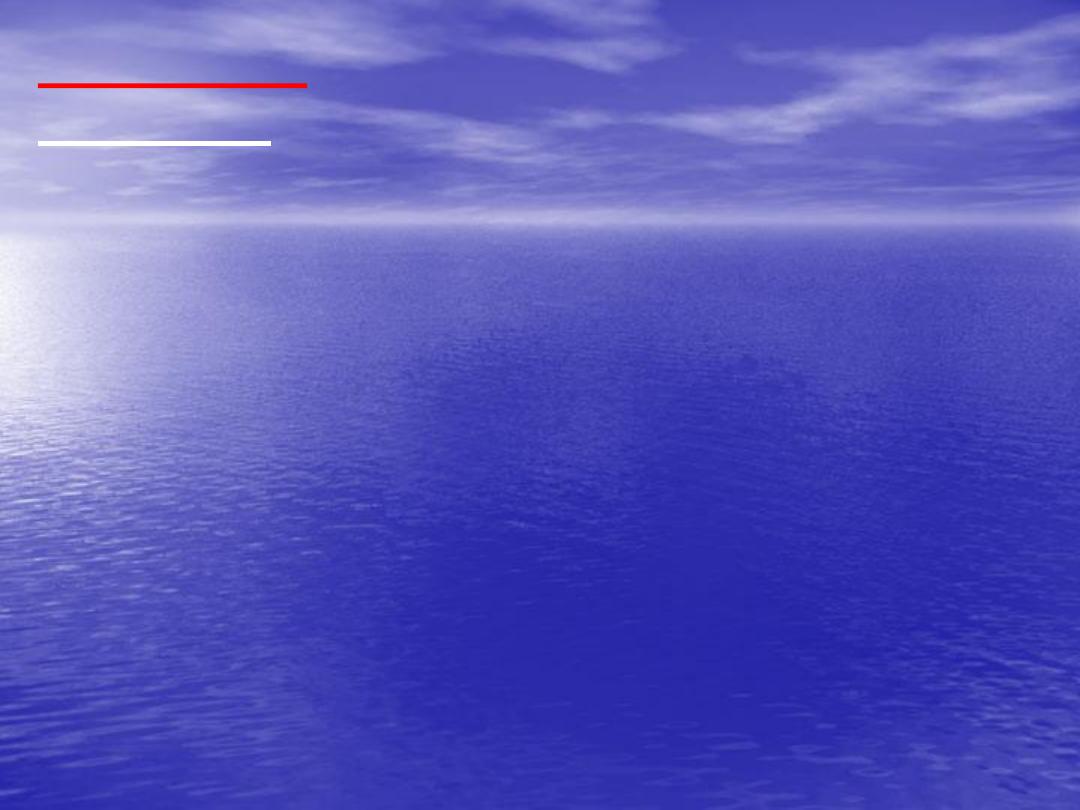
Treatment:
1.General
a.Complete rest at bed with temperature of
environment of 18- 20 C° with humidity of
45% with fluid intake.
b. Inhalation of menthol.
c. Analgesia and antipyretics, like aspirin and
codeine. These analgesia can be combined
with antihistamine.
d. Antibiotic: If there is secondary infection.
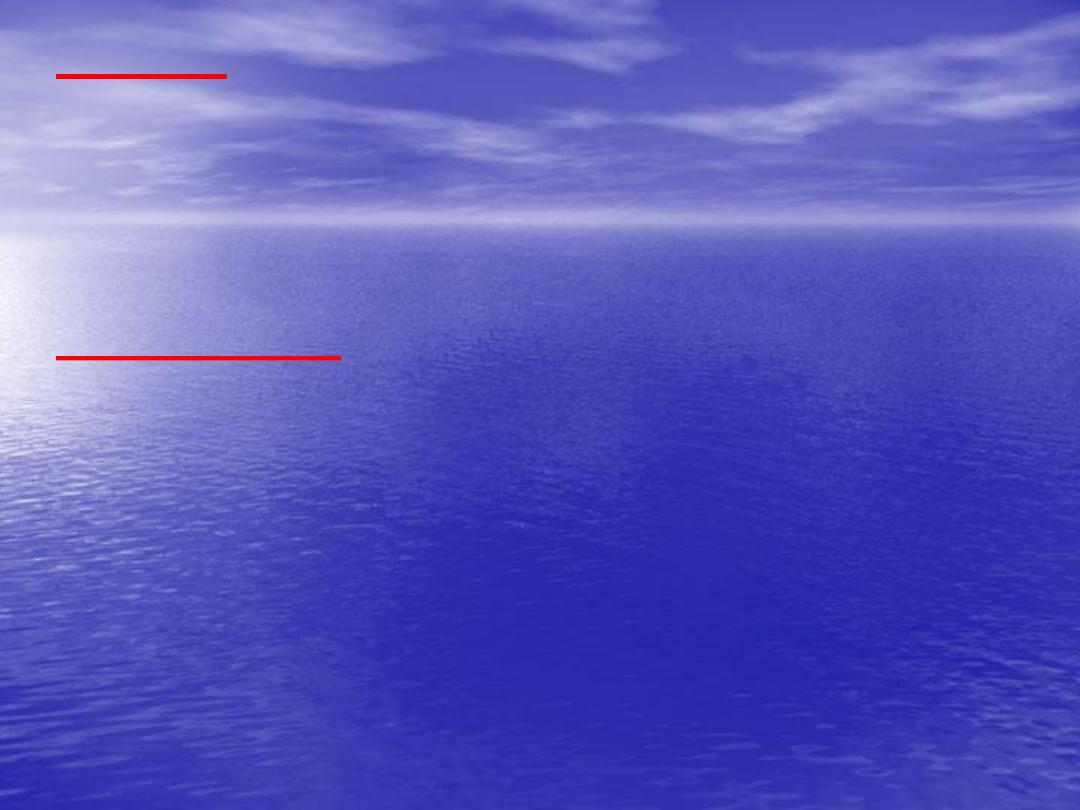
2.Local
a. Steam inhalation
b. Vasoconstrictors. These are not used for
more than one week because they affect
ciliary activity
.
complication:
1.Nasophnasopharyngitis
2.Sinusitis
3.Otitis media and mastoiditis
4.Lymphadenitis
5.Tonsillitis
6.Gastroenteritis
7.Nephritis and rheumatisms
8.Chest infection
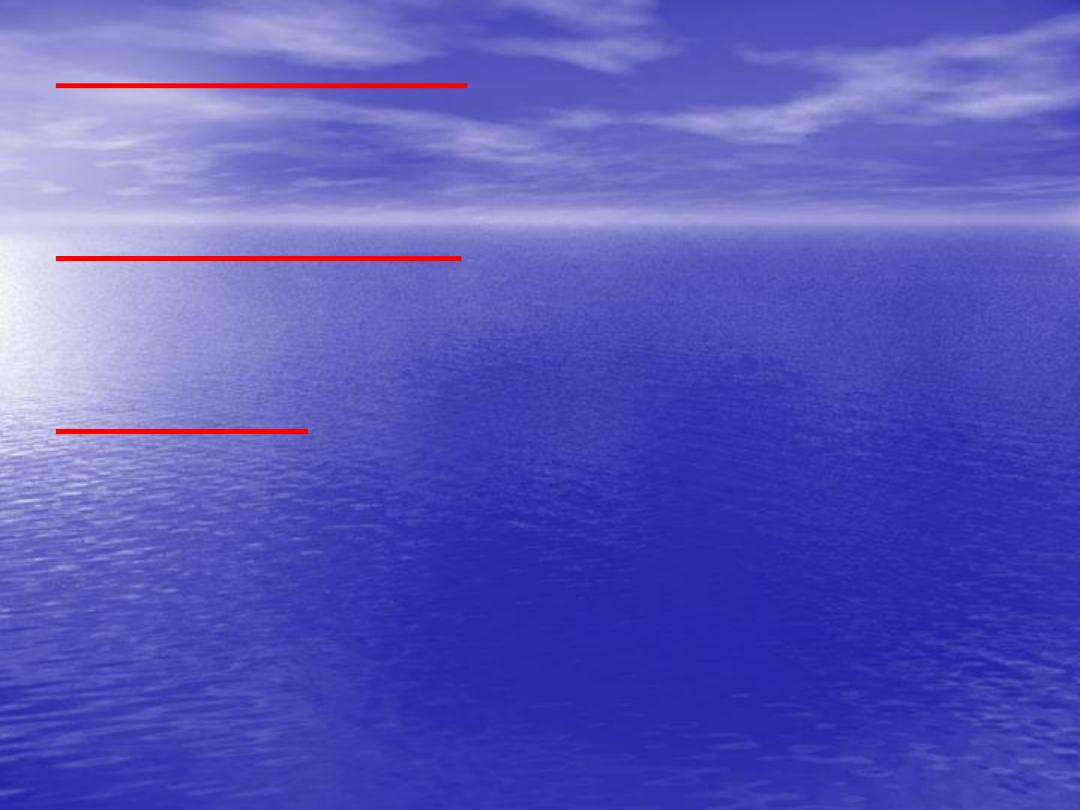
Purulent rhinitis
: "
Bacterial
" the signs
and symptoms mostly associated with
sinusitis.
Causative agent:
streptococcus pneumonia,
H-influenza, streptococcus group A and
pseudomonas species.
Treatment
Like the common cold but the
antibiotic more recommended here
.
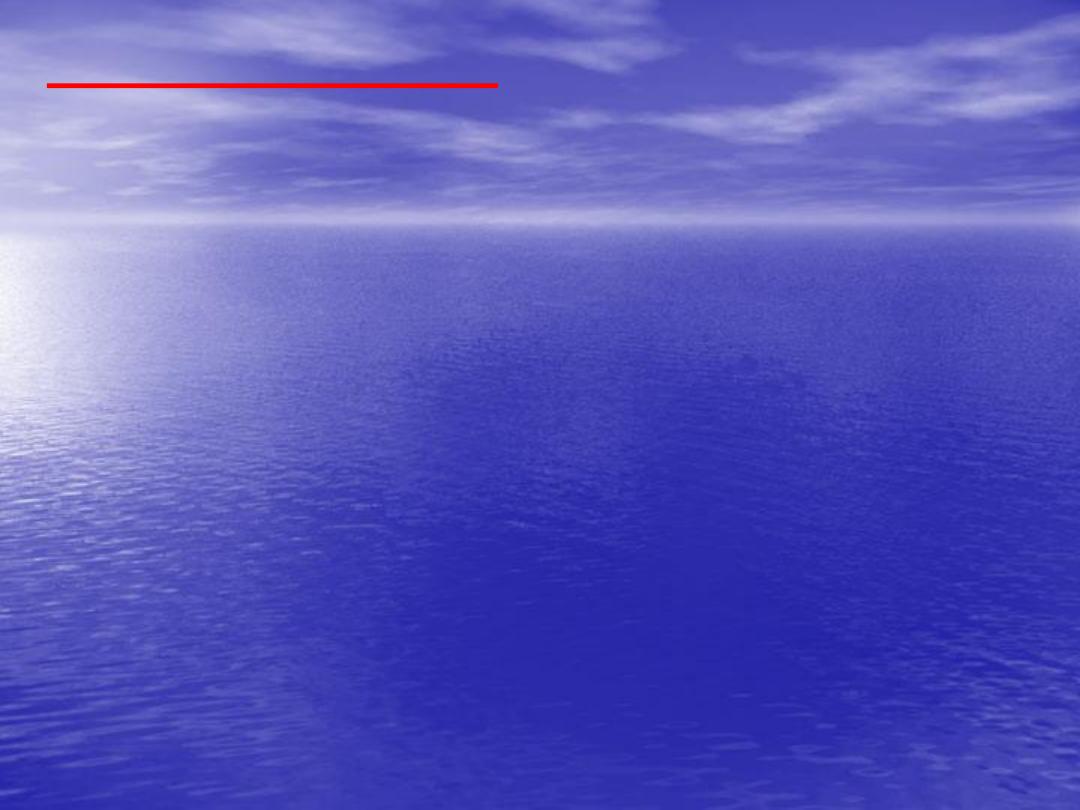
CHRON RHINITIS:
This is usually like acute
form but it is more recurrent, long period less
sever signs and symptoms.
Predisposing Factors
1.Structural
abnormality.
Like
septal
deviations, concha bullosa, paradoxical middle
turbinate
2.Sinusitis
3.Allergy
4.Occupational factor
5.metabolic disorders
6.Alcohol, smoking
7.Pregnancy and nutrition
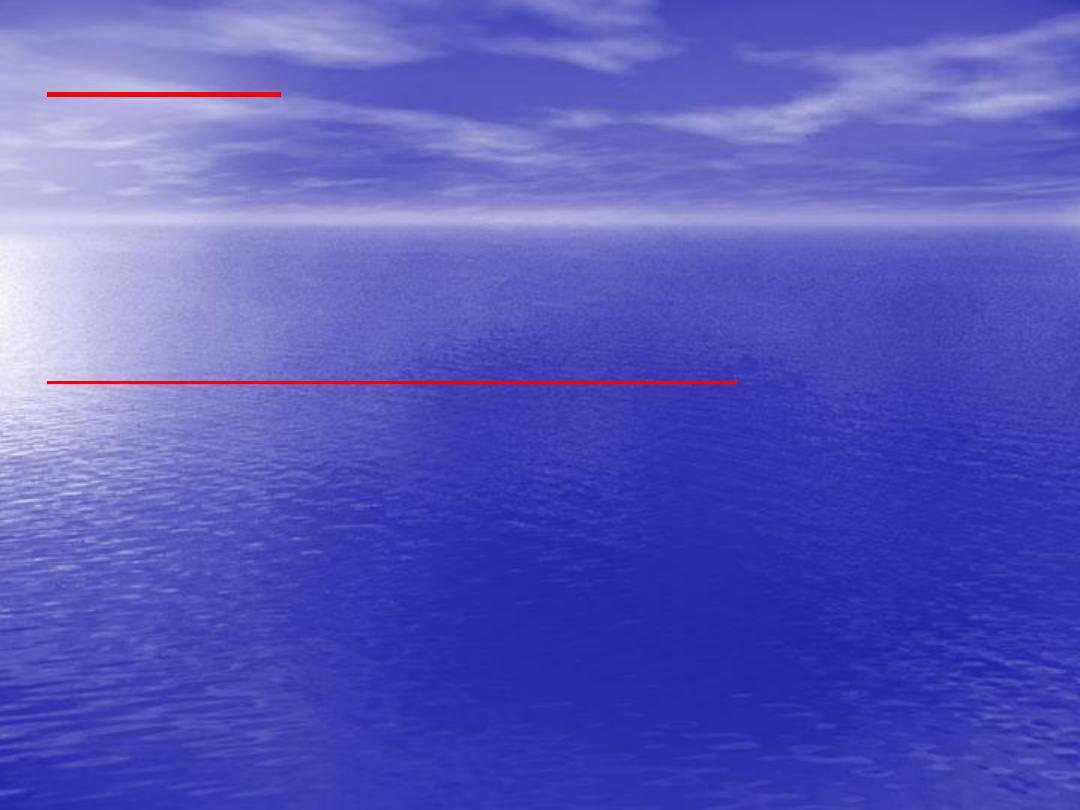
Diagnosis
: It depends on presence of
predisposing factors.
Treatment: The real treatment by full
assessment and correction of predisposing
factors.
Other lines of treatment include:
1.Bed rest
2.Nasal drops: decongestant and local steroid
in allergy.
3.Antibiotic
4.Surgical treatment: By correction of septal
deviation with reduction of turbinate size if
there is turbinate hypertrophy
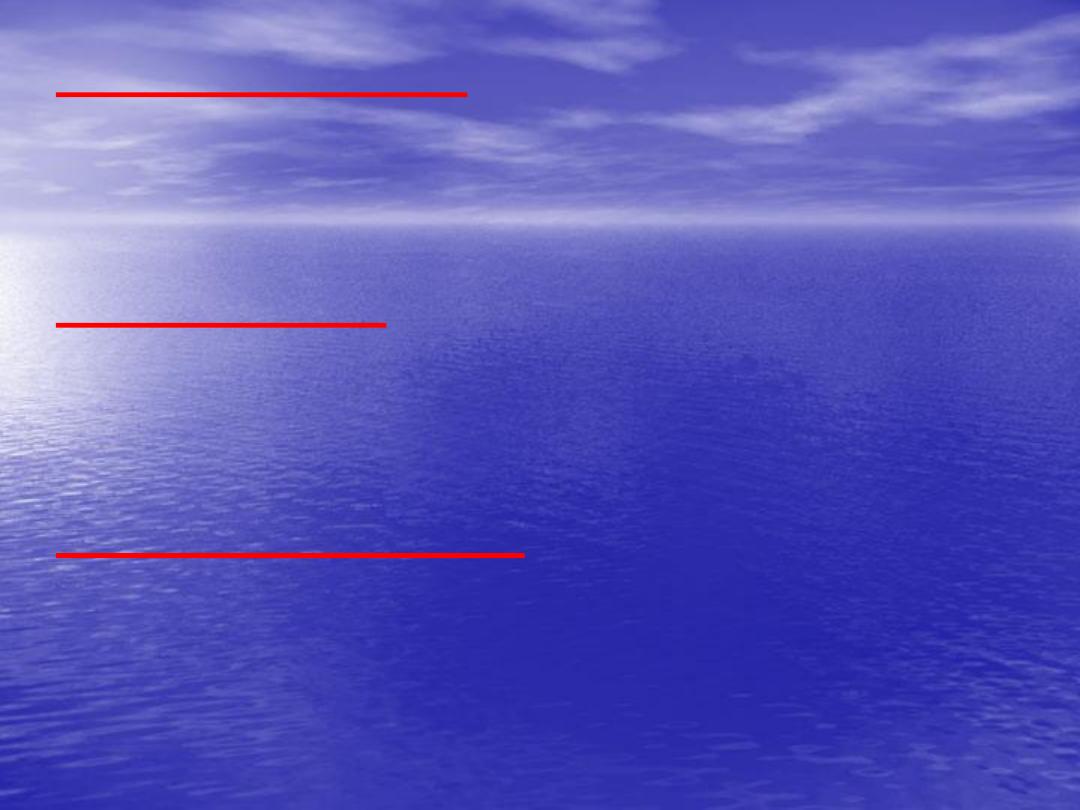
Atrophic rhinitis
: It is type of chronic
rhinitis characterized by atrophy of the nasal
mucosa with underlying bony turbinate
associated with crustation and fetid odor.
AETIOLOGY
: Early purulent rhinitis ,
chronic
sinusitis
excessive
surgery,
malnutrition , endocrine dysfunction and
autoimmune process.
CLINICAL FEATURE
1.feeling of dryness
2.Nasal obstruction
3.Fetid odour
4.Epistaxs
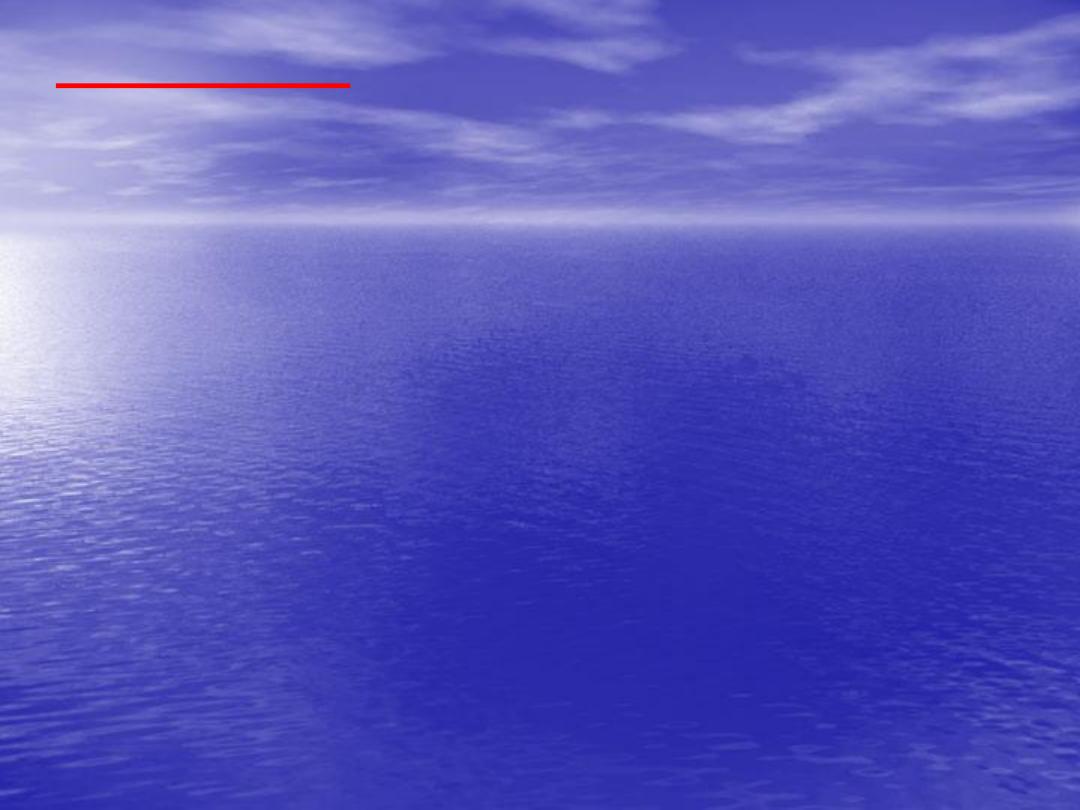
TREATMENT
1.Correction of nutritional deficiency
2.Removal of crust
3.Nasal douche: By alkaline fluid contain
equal amounts of sodium bicarbonate and
sodium chloride or by using drops of 25%
glucose in glycerin .
4.Surgical: In very sever cases , by closure of
one or both sides of the nose
.
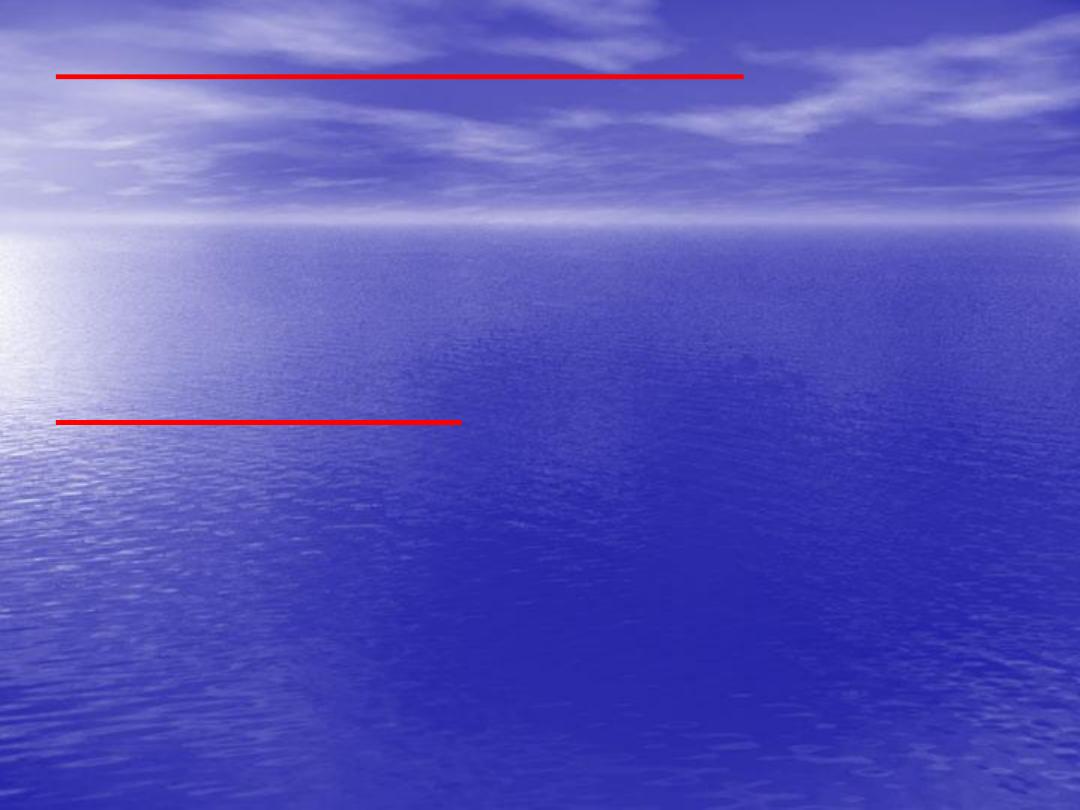
RHINITIS MEDICAMENTOSA
This type of chronic rhinitis occurs due to
prolonged
use
of
nasal
decongestant
'associated with structural changes in the
turbinate and nasal mucosa.
Clinical features:
1.Nasal obstruction
2.Rhinorrhea
3.Headache
4.Hyposmia

Treatment
1.Stopping
or
tapering
of
the
nasal
decongestant
2.Steroid: by using betamethasone drops
3.Surgical: Reduction of hypertrophied and
polvpoidal turbinate

Thanks
